The poverty lobby is at it again. Even though the massive expansion of the welfare state has diminished the stressors of poverty, the Brotherhood of St Laurence complains there is no official poverty line 50 years after Australia’s Commission of Inquiry into Poverty called for such a measure. Perhaps the reason is that the debate has moved well beyond a line.
Let me take you back to 1972, when the then associate director of the Brotherhood of Saint Laurence, Peter Hollingworth, who later became the head of the Anglican Church and the Governor General of Australia, in The Powerless Poor, a comprehensive Guide to Poverty in Australia wrote, ‘To achieve anything more than pseudo-participation [of the poor], fundamental changes will involve a redistribution of our national power, wealth and resources.’ Revolutionary stuff. And the Brotherhood succeeded.
The Productivity Commission published data last month showing that Australia has high upward income mobility, i.e., the poor escape poverty. It showed that, on average, each generation earned higher individual disposable incomes than the previous generation at a given age, at least since the 1940s. Australia’s economic prosperity over the long term has led to a significant increase in real incomes and material living standards over time.
It made clear that a person’s rank in the income distribution is less influenced by their parents’ rank than in many other countries, including Scandinavian countries. In Australia, there is high equality of opportunity in terms of income. Almost 15 per cent of people with parents in the bottom income decile remained in the bottom decile, but six per cent ended up in the top decile. And for the perpetually jealous of those born with a silver spoon in their mouth, while 20 per cent remained in the top decile, seven per cent of people with parents in the top decile ended up in the bottom.
More concerning, weak income growth for people born in the 1990s reflects poor economic outcomes for younger people following the global financial crisis. The GFC was caused by a US government that encouraged lenders to write home loans to those who could not afford them. US and European banks also began selling mortgage-backed securities containing mortgages granted to people with poor credit ratings who were unlikely to repay the loans. Collapse ensued, people lost their jobs, and poverty resulted.
The Productivity Commission mentioned the impact of the COVID-19 pandemic on poverty. More accurately, it was the appalling government responses to the pandemic—locking children out of school and at home with parents kept from work—government overaction during the pandemic that created poverty. Measuring poverty is the least of the poor’s problems. The call for a poverty line comes from a policy elite wanting to stay employed, fiddling with more detailed measures while ignoring the more significant moves that create poverty. They may like to contemplate the following.
Australian Government gross debt will reach 43 per cent of GDP by the end of 2025–26, the highest level of debt on issue by the Australian Government since the 1950s. Some of the debt is being used to pay for social benefits to households, including programs such as the National Disability Insurance Scheme, Child Care Subsidy, Medicare Benefits Schedule, Pharmaceutical Benefits Scheme, Aged Care Subsidy and state transport and electricity concessions. This reflects growth in demand for aged and home care, disability, health, and childcare services and, in recent years, increased government assistance in response to COVID-19, natural disasters, and the cost of living. Social benefits have increased 137 per cent over the past decade.
People most at risk of poverty include those not in paid employment, those from a migrant background and who do not speak English at home, those over the age of 65 who rent housing, and those in a single-person or single-parent household. Only the latter two factors could be assigned to life exigencies; the former factors have much to do with government economic decisions.
I have never heard the poverty advocacy industry exhort those who create wealth to do more than share it. Never have I heard them support industry or decry the madness of the climate change response that is killing capital and driving up energy prices, where the poor are hardest hit. They were silent when governments locked up their citizens to prevent them from working, instead paying them not to work, which is what happens in many poor households in non-pandemic times.
Gary Johns is chair of Close the Gap Research










